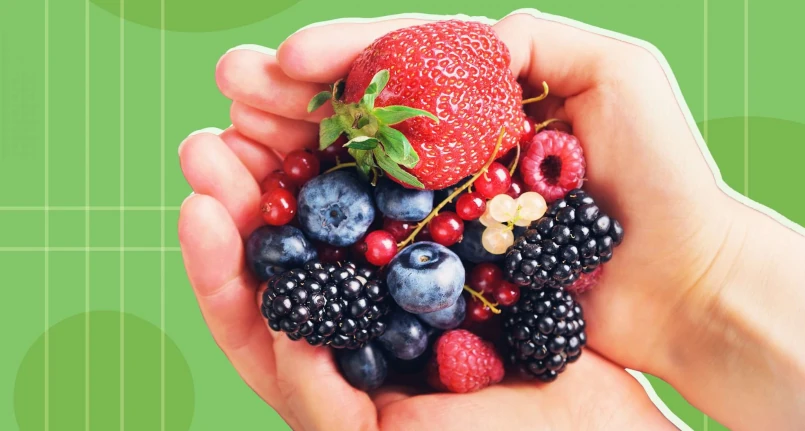What are they and where are they located?
Natural antioxidants: what are the main ones and where to find them?
Exogenous antioxidants , including vitamin A , vitamin C , vitamin E , selenium , carotenoids , lycopene , coenzyme Q-10 and lipoic acid , are present in most foods of plant origin. In particular, they are abundant in black and very dark fruits, such as berries .
Natural antioxidants: ORAC scale
Boston University and the US Department of Agriculture have conducted a series of studies to establish the antioxidant power of various foods . The antioxidant power was measured on the basis of a scale, the ORAC , according to which higher values (greater units) correspond to greater antioxidant powers:
Cucumbers 1 = 36 units
Tomatoes 1 = 116units
Apricots 3 = 172 units
Raw spinach 1 dish = 182 units
Three slices melon = 197 units
Pear 1 = 222 units
Banana 1 = 223 units
Draw 1 = 248 units
Apple 1 = 301 units
Eggplant 1 = 326 units
White grapes 1 bunch = 357 units
Onion 1 = 360units
Black raisins 1 tablespoon = 396 units
One cup cooked cauliflower = 400 units
One cup cooked green beans = 404 units.
American potato 1 = 433 units
Kiwi 1 = 458 units
Pepper 1 = 529 units
One bunch of black grapes = 569 units
1 avocado = 571 units
Roasted potato 1 = 575 units
Plum 1 = 626 units
Orange 1 = 983 units
Orange juice 1 glass = 1142 units
Strawberries one cup = 1170 units
Pink grapefruit 1 = 1188 units
Grapefruit juice 1 glass = 1274 units
Cooked Brussels Sprouts 1 cup = 1384 units
3 black plums = 1454 units
More 1 cup = 1466 units
Cooked beets 1 cup = 1782 units
Cooked spinach 1 cup = 2042 units
Cooked green kale 1 cup = 2048 units
Blueberries 1 cup = 3480 units
Black grape juice 1 glass = 5216 units
Interestingly, the list of antioxidant potency of various foods according to the ORAC scale, updated to 2010, has been removed from the USDA website ; in a note, the department justifies this choice with:
- The scarcity of clinical data to support the effective in vivo transferability of antioxidant tests performed in vitro;
- The absence of sufficient evidence to believe that the beneficial effects of foods rich in polyphenols can be attributed to their antioxidant properties .
Today, food-borne antioxidant molecules are known to have a wide range of functions , many of which are unrelated to the ability to mop up free radicals .
Their beneficial effect on health would therefore appear to derive from mechanisms of action independent of their antioxidant power .


